It’s a beautiful day in April, among the first sunny days of the year, it feels like summer already. The sky is a beautiful blue, the birds are singing, a warm wind is blowing in my face. On the magnificient beach in front of me, everyone goes about their daily routine: some do sports, children play, others enjoy a pleasant walk… Nothing to disturb the idyllic landscape.
And yet, I feel feverish, touched. In my heart. This beach now restored to its tranquility is located in the town of Colleville-sur-Mer, better known as Omaha Beach. It is on this same sand that on the morning of June 6, 1944 some 1500 men died, giving this beach the sad nickname of “Bloody Omaha”. I think back to these words of Andrée Chédid:
“On this piece of the vast world, on this stage is played, once again, once too often, the barbaric theater of our hatreds and our fights. (…) The centuries come together in this derisory, cramped place, where death, once again, plays its implacable, fatal score before its time. While the planets – according to their rules, according to their laws, in a metronome indifference – continue to turn. How can God be involved in this order, in this disorder? How can we exclude him?”
As I climb the dunes that dominate this tragically sublime landscape, I discover a few bunkers that alone betray what happened here. Although emptied of their occupants, cannons and machine guns, it is easy to guess that it is from this very place that so much ammunition was fired towards the beach.
And then, at the top of the hill, a vast area from which emerge thousands of white crosses, sculpted in Lasa marble. 9,387 gravestones of American soldiers who died in the Battle of Normandy between 1942 and 1946. As I walk along the huge cemetery, I hear a guide explaining that only 39 percent of the soldiers who died in that battle were there, while the remaining 61 percent were repatriated home at the request of their families.
In the middle of the cemetery there is a sober chapel for those who wish to pray. Its mosaic ceiling depicts America blessing her sons who go into battle, and grateful France placing a laurel wreath on the dead. To the east, there is a memorial with a 7-metre-high statue representing “The Spirit of American Youth Rising from the waves” and, just behind it, the Garden of the Missing with a list of names of soldiers involved in the Battle of Normandy whose bodies could not be found.
In front of the perfect alignment of the tombstones overlooking the beach, I feel guilty to find this place beautiful and restful. Yet there is a real peace and quiet here – a sign of the regained freedom?
If you stay a few days in Normandy, take the time to go and see this impressive cemetery so rich in history(s) and emotions. Stop also in the “visitor center” located at the entrance of the cemetery, it brings a lot of information about Operation Overlord and puts it in its historical context.
Useful informations
Location:
Omaha Beach
14710 COLLEVILLE-SUR-MER
France
Opening hours:
Every day except January 1 and December 25
From 15/04 to 15/09: from 9 am to 6 pm
From 16/09 to 14/04: from 9 am to 5 pm
Website:
https://www.abmc.gov/
Admission:
Free



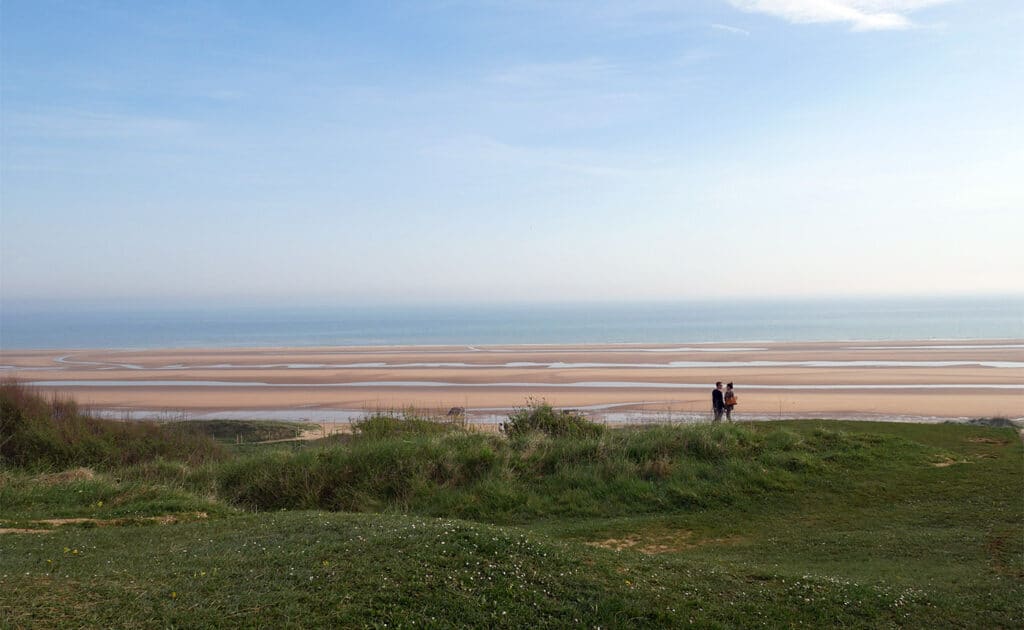
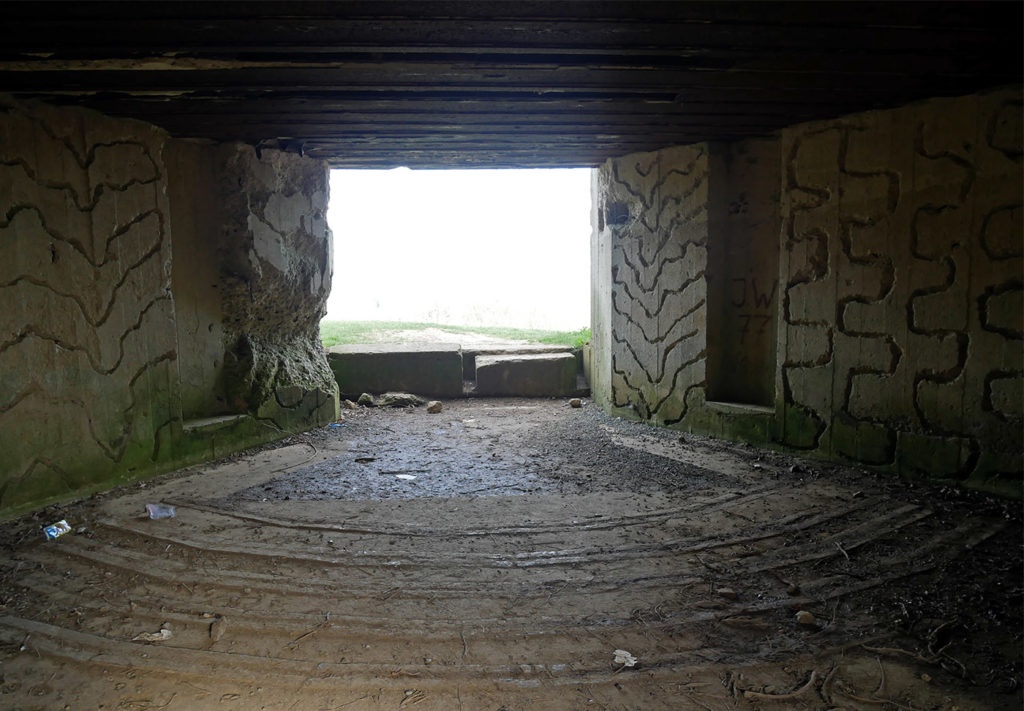

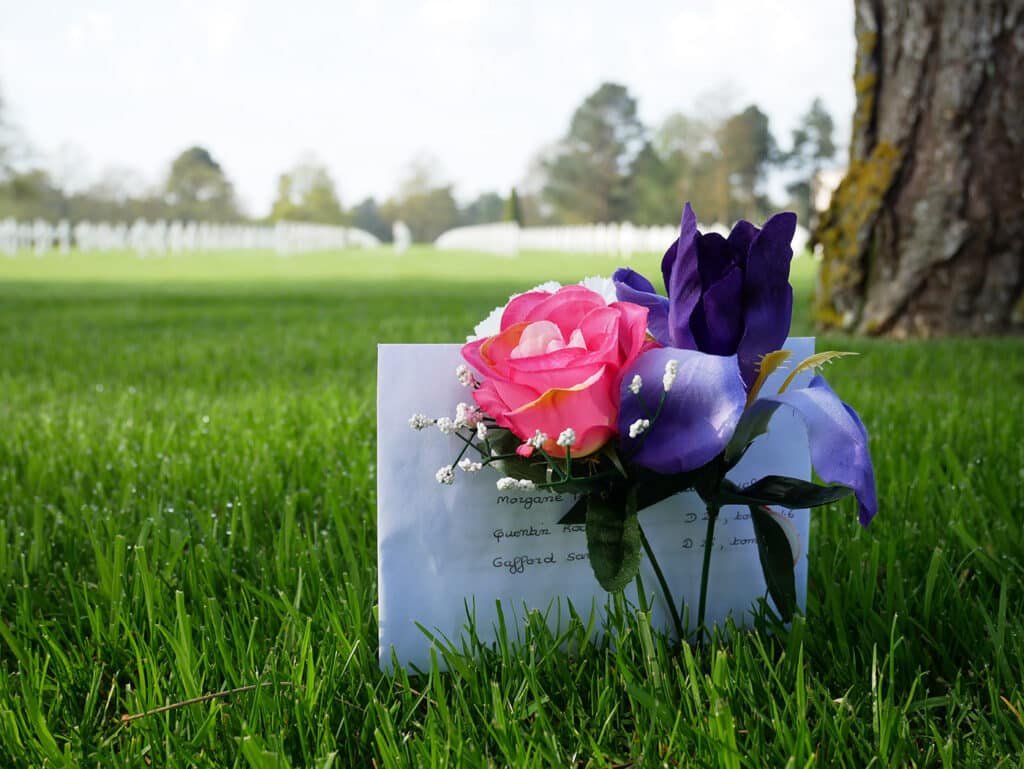
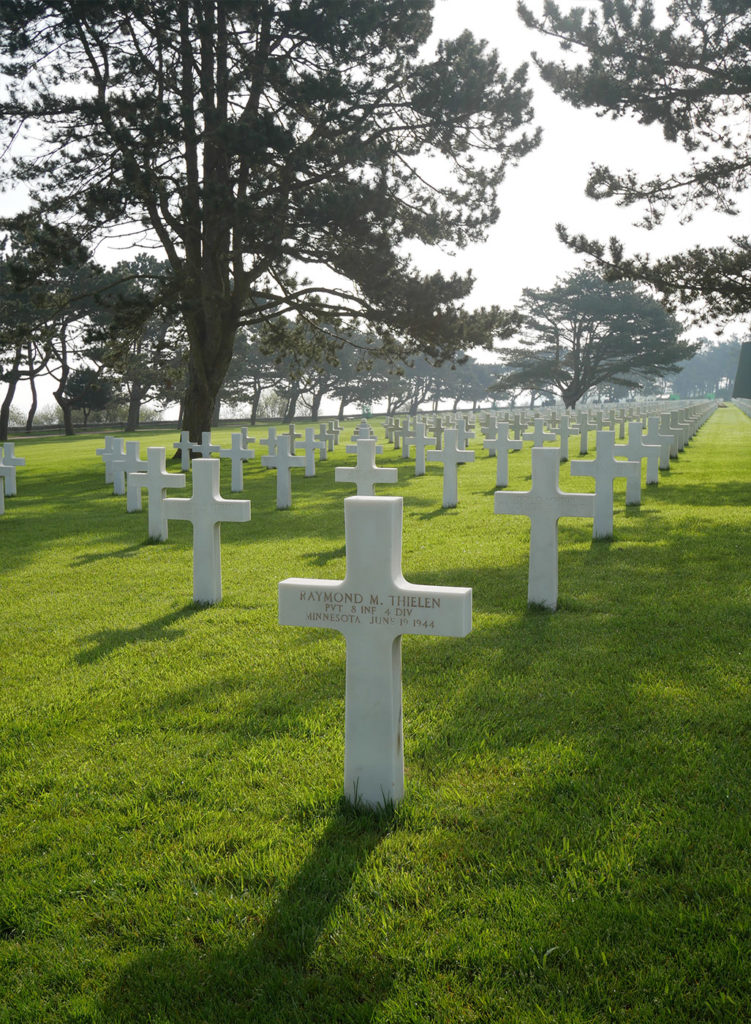

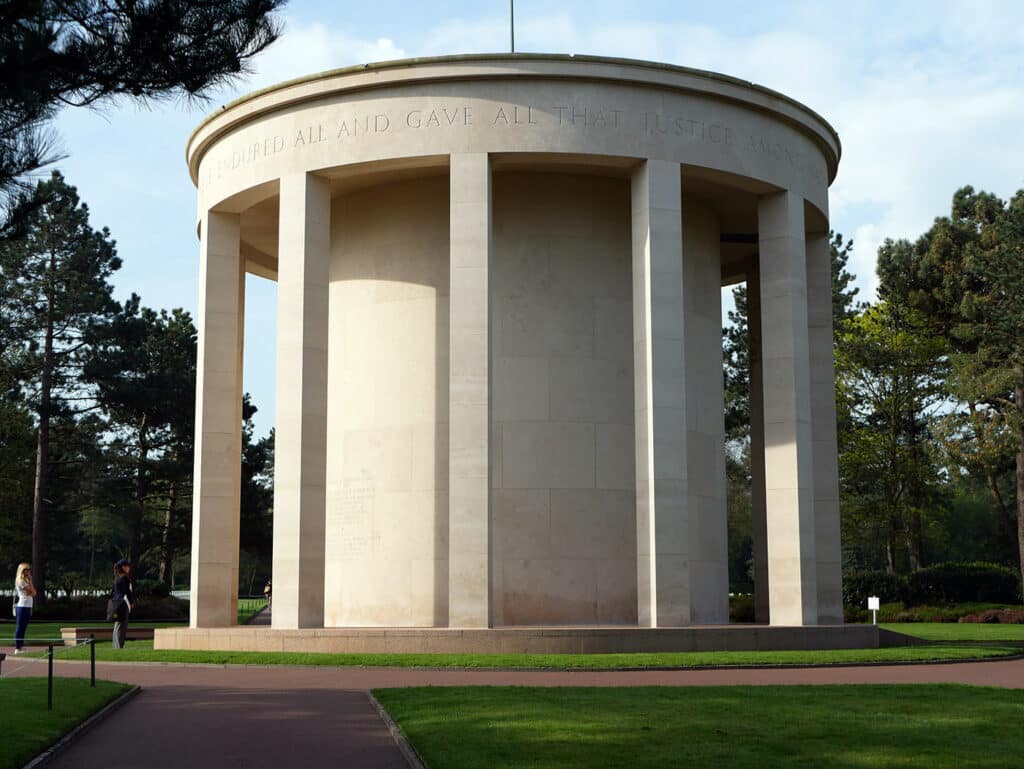
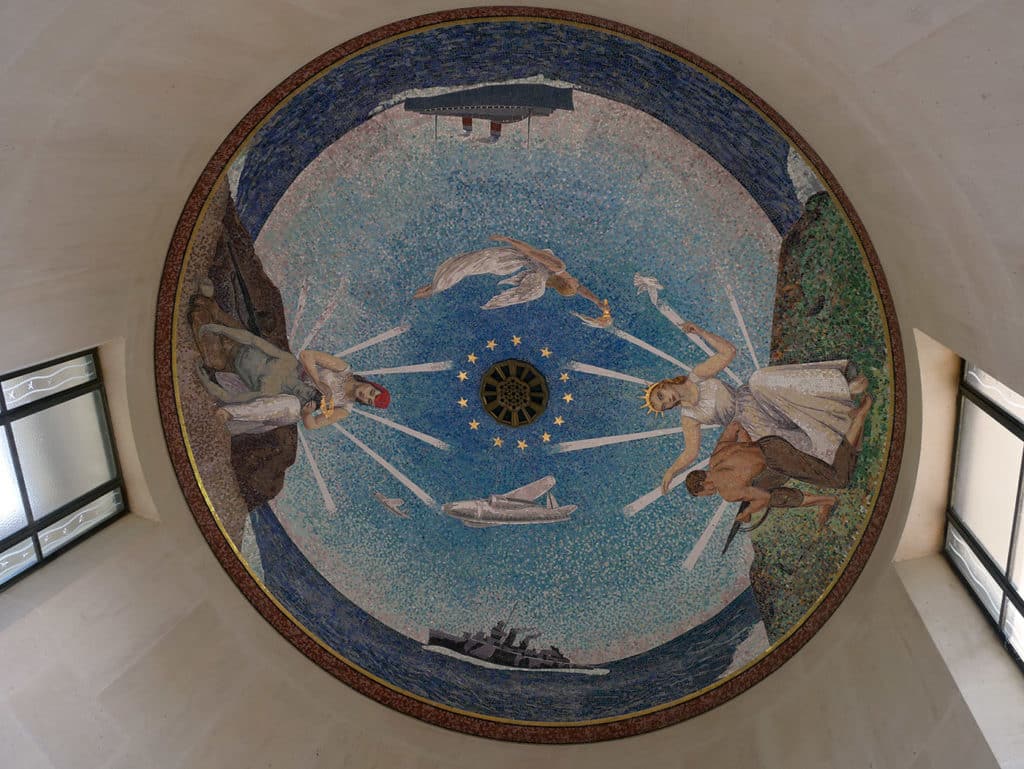
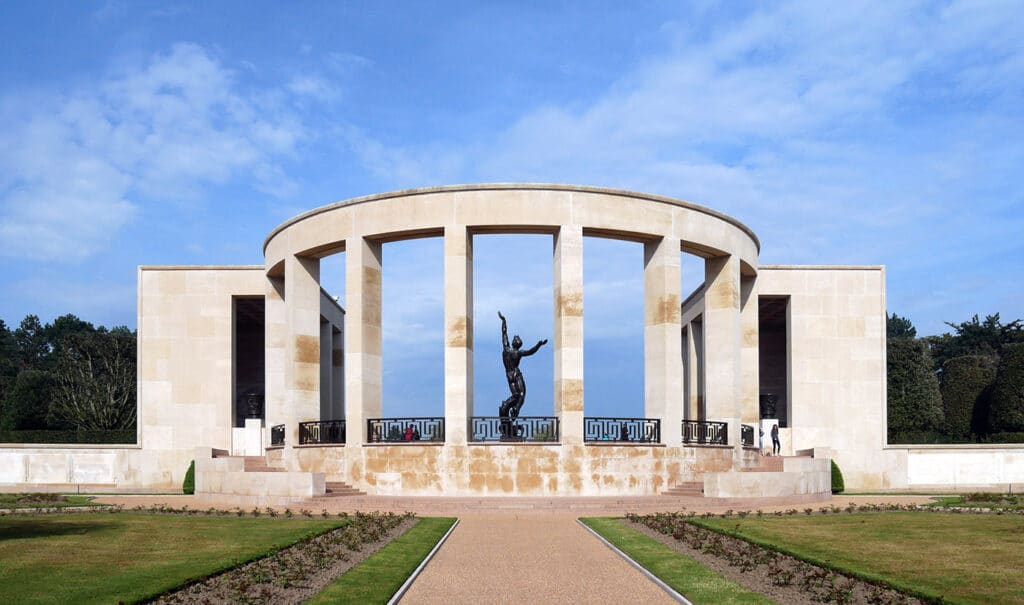
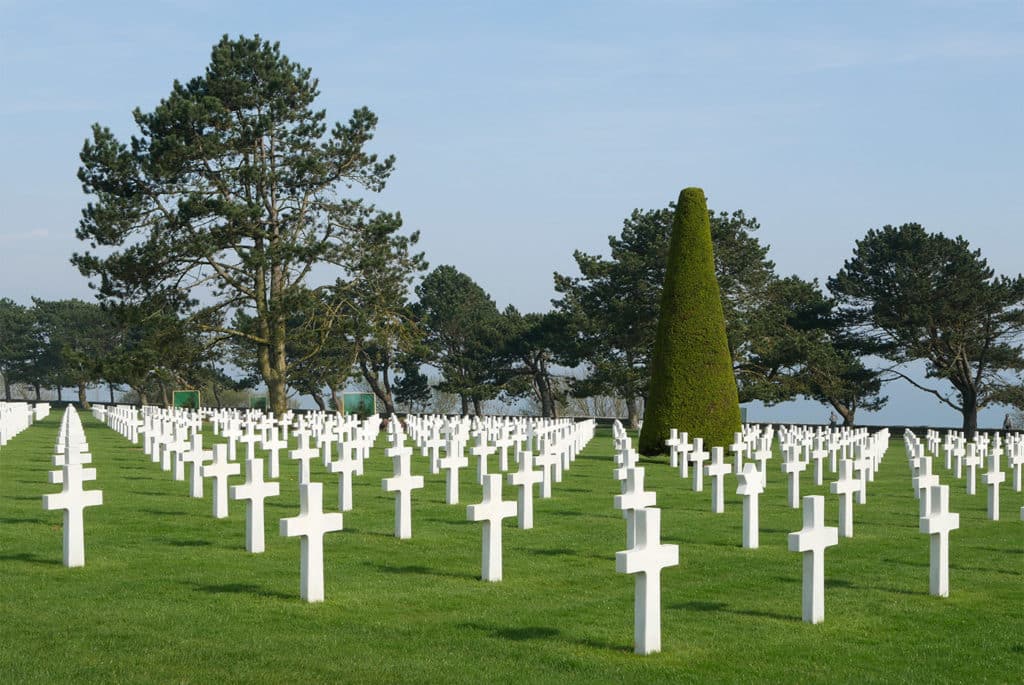



People reacted to this story.
Show comments Hide comments[…] © Culturez-vous […]